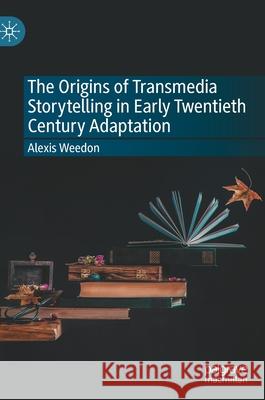The Origins of Transmedia Storytelling in Early Twentieth Century Adaptation » książka
topmenu
The Origins of Transmedia Storytelling in Early Twentieth Century Adaptation
ISBN-13: 9783030724757 / Angielski / Twarda / 2021 / 281 str.
The Origins of Transmedia Storytelling in Early Twentieth Century Adaptation
ISBN-13: 9783030724757 / Angielski / Twarda / 2021 / 281 str.
cena 402,53
(netto: 383,36 VAT: 5%)
Najniższa cena z 30 dni: 385,52
(netto: 383,36 VAT: 5%)
Najniższa cena z 30 dni: 385,52
Termin realizacji zamówienia:
ok. 22 dni roboczych
Bez gwarancji dostawy przed świętami
ok. 22 dni roboczych
Bez gwarancji dostawy przed świętami
Darmowa dostawa!
Kategorie:
Kategorie BISAC:
Wydawca:
Palgrave MacMillan
Język:
Angielski
ISBN-13:
9783030724757
Rok wydania:
2021
Wydanie:
2021
Ilość stron:
281
Waga:
0.51 kg
Wymiary:
21.01 x 14.81 x 1.75
Oprawa:
Twarda
Wolumenów:
01
Dodatkowe informacje:
Wydanie ilustrowane











